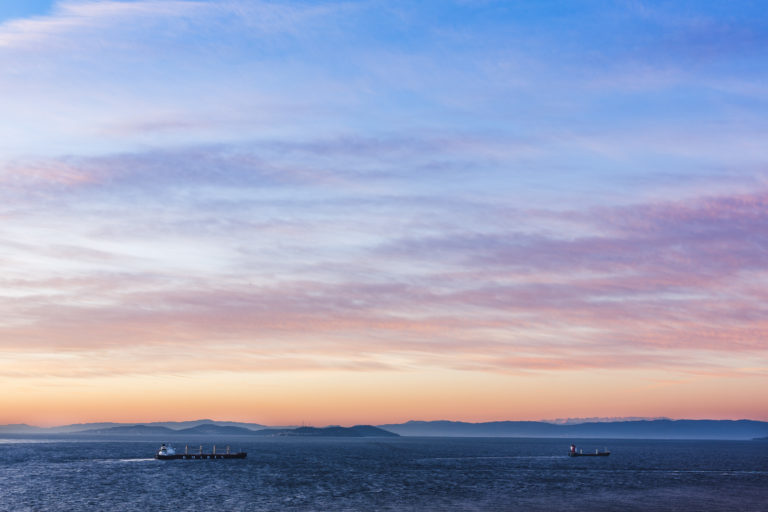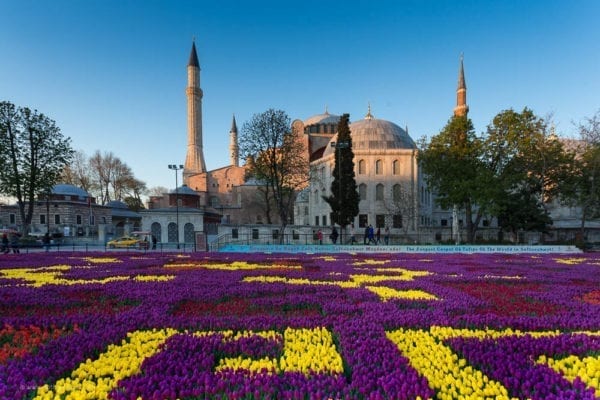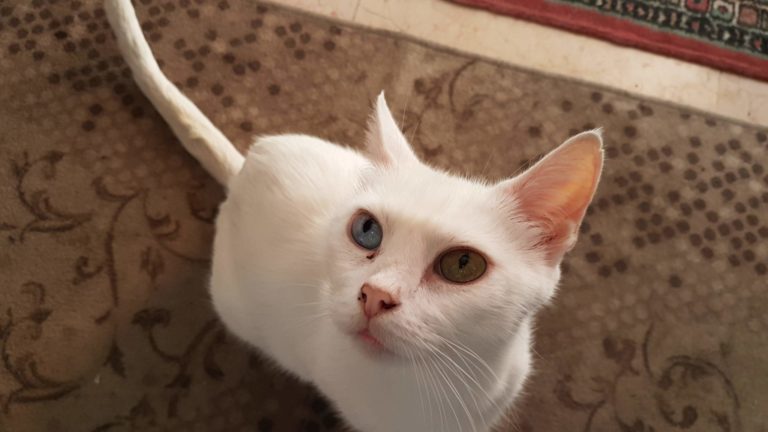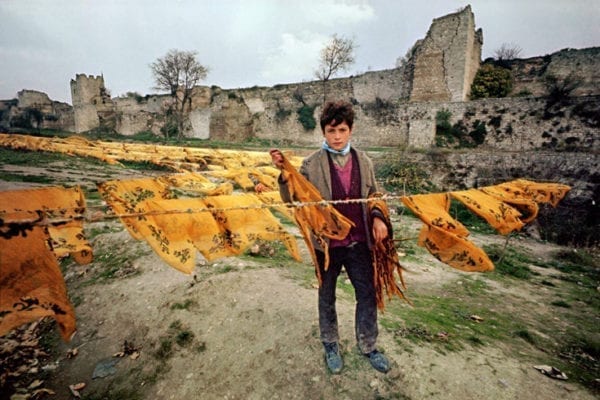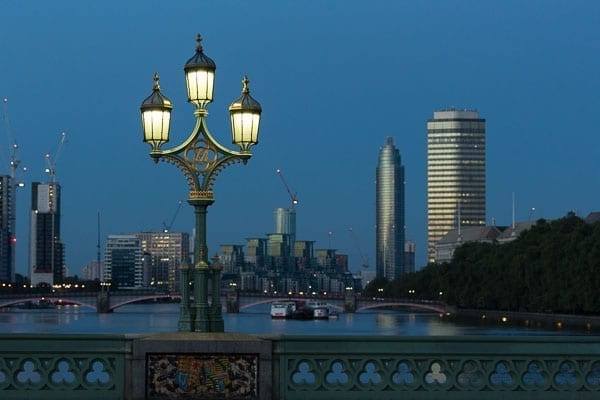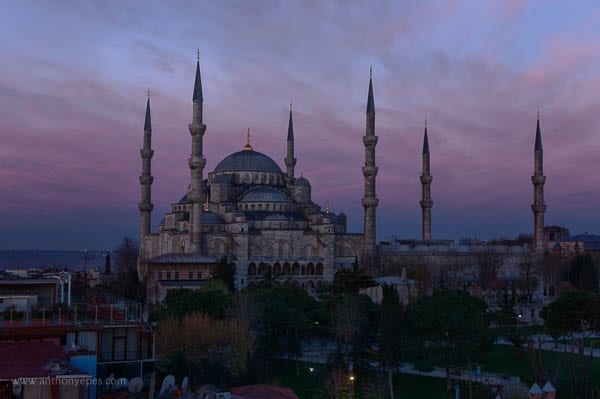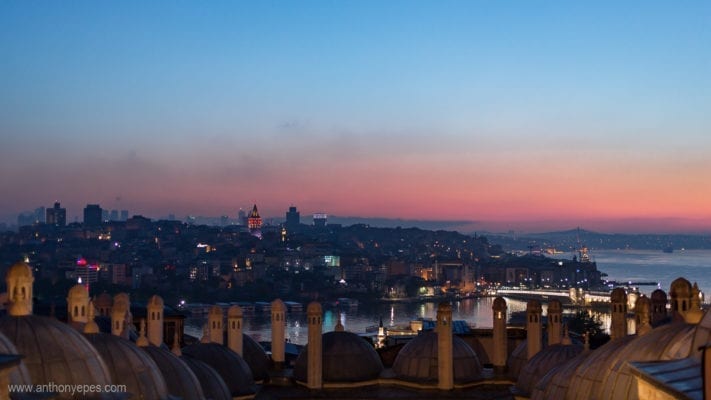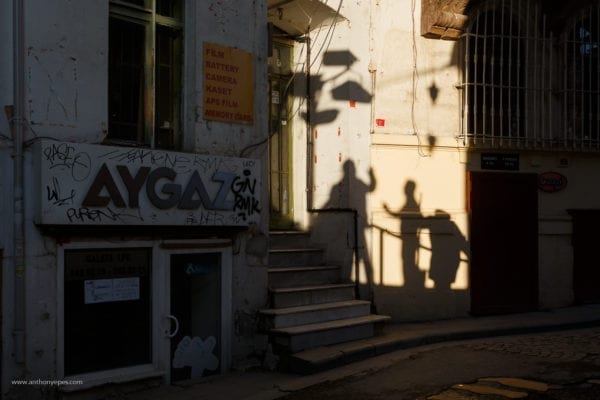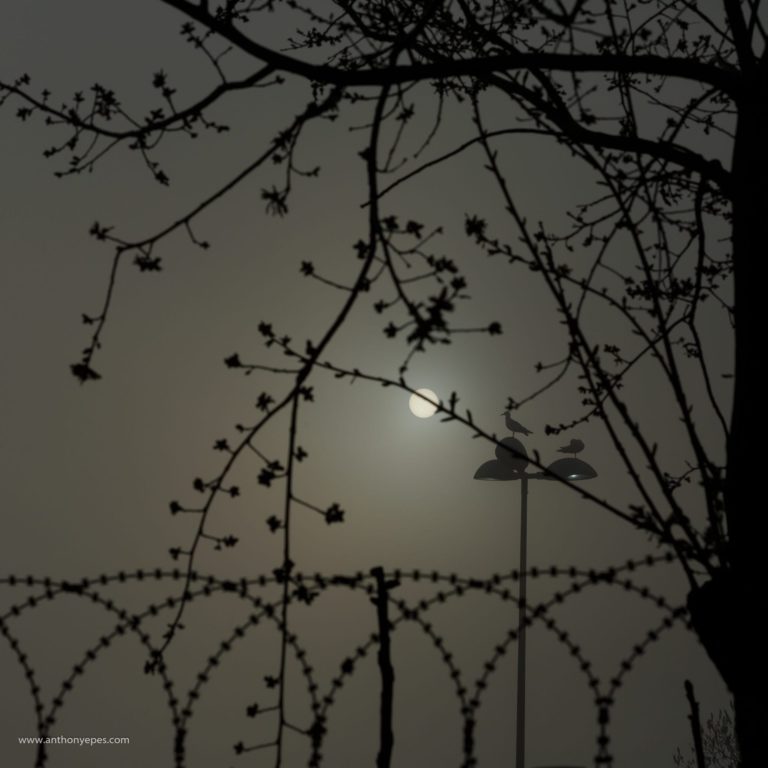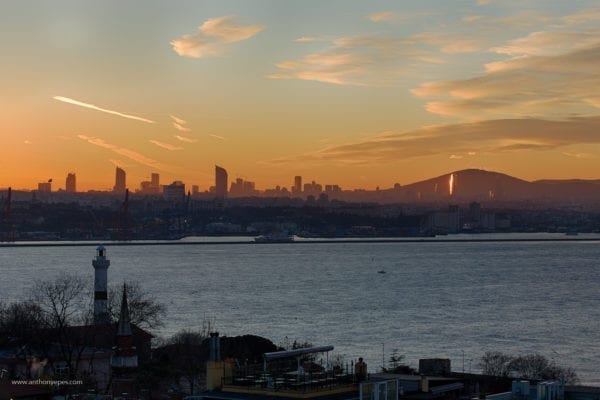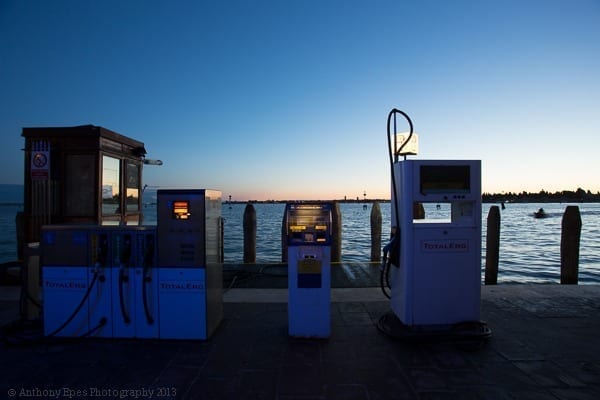To be a good photographer you need to live the vast spectrum of human experience
Hey folks, How are you doing right now? I hope things are good wherever you are. This is Diana today, hello! The more we are in lockdown the more Anthony and I are asking ourselves, what are we learning from this experience? What can we do with this time to […]
